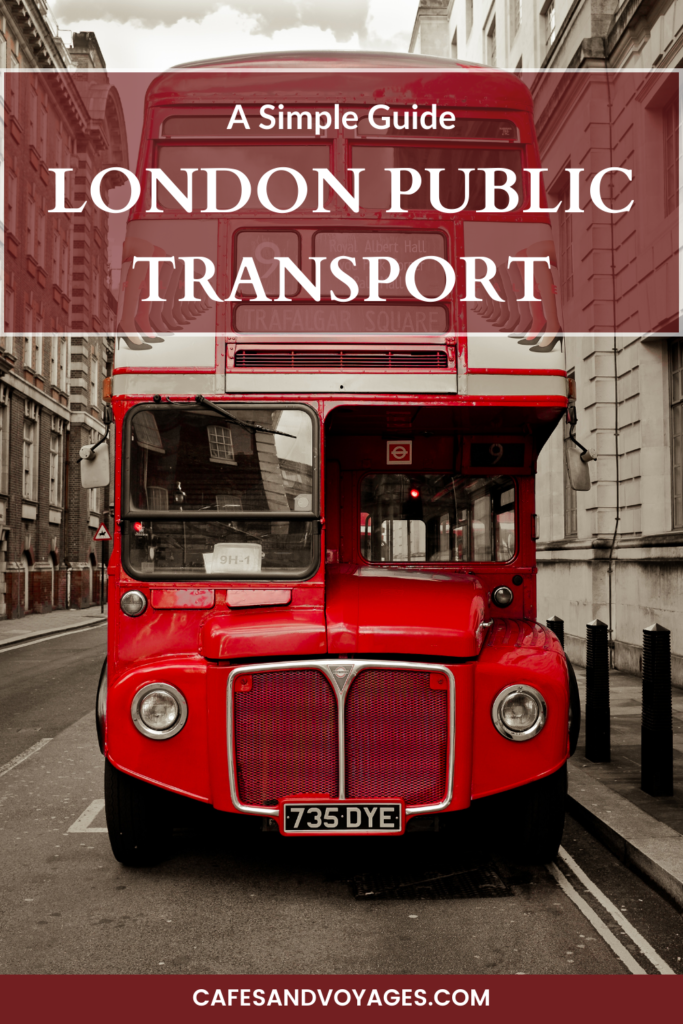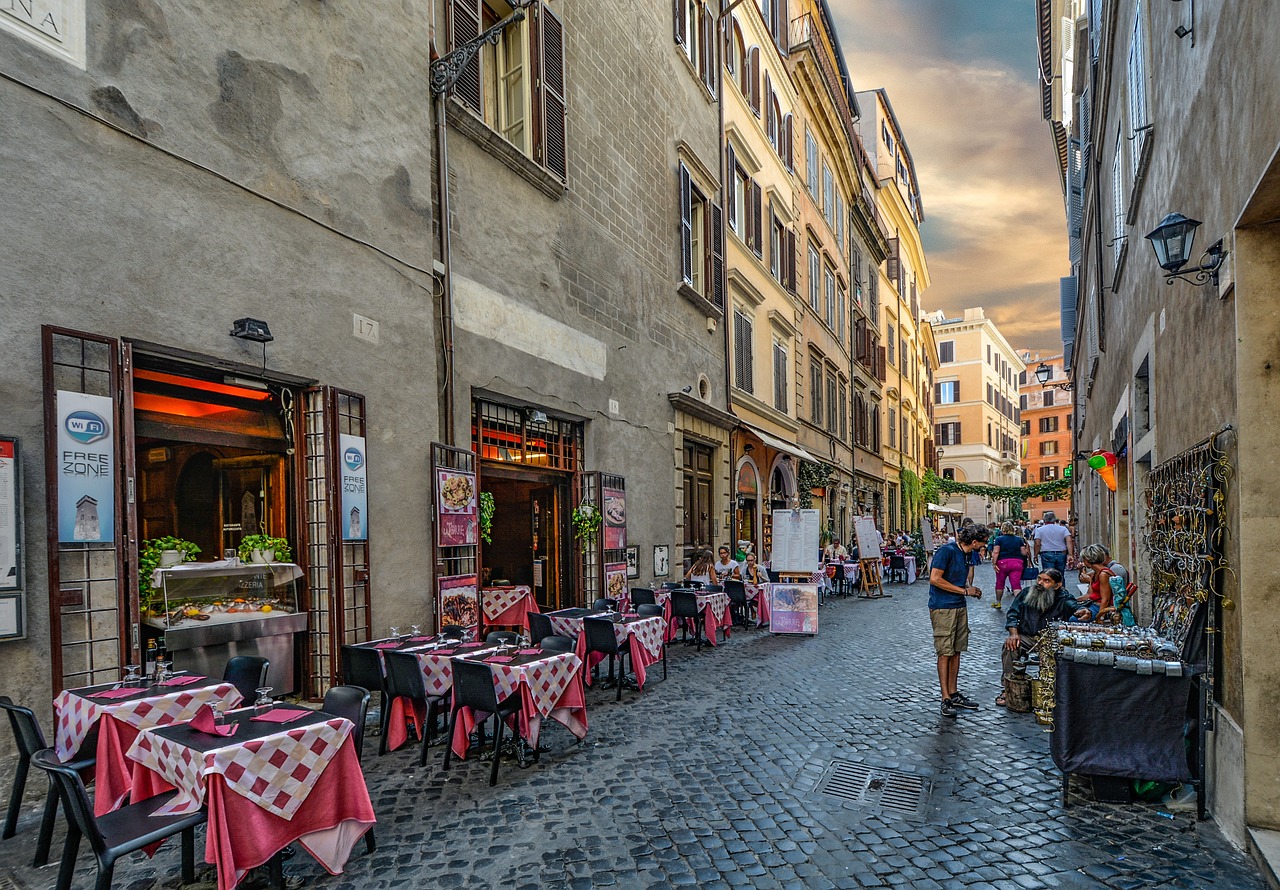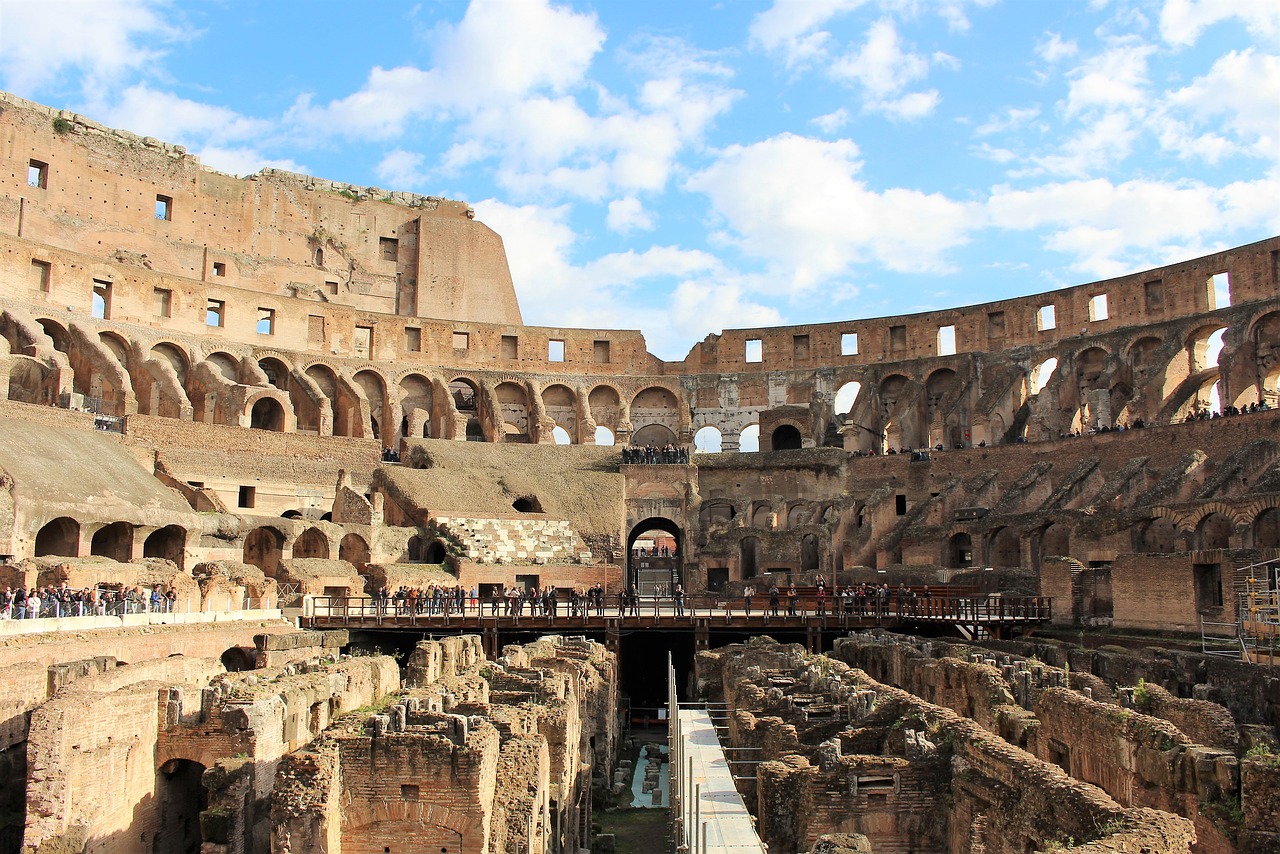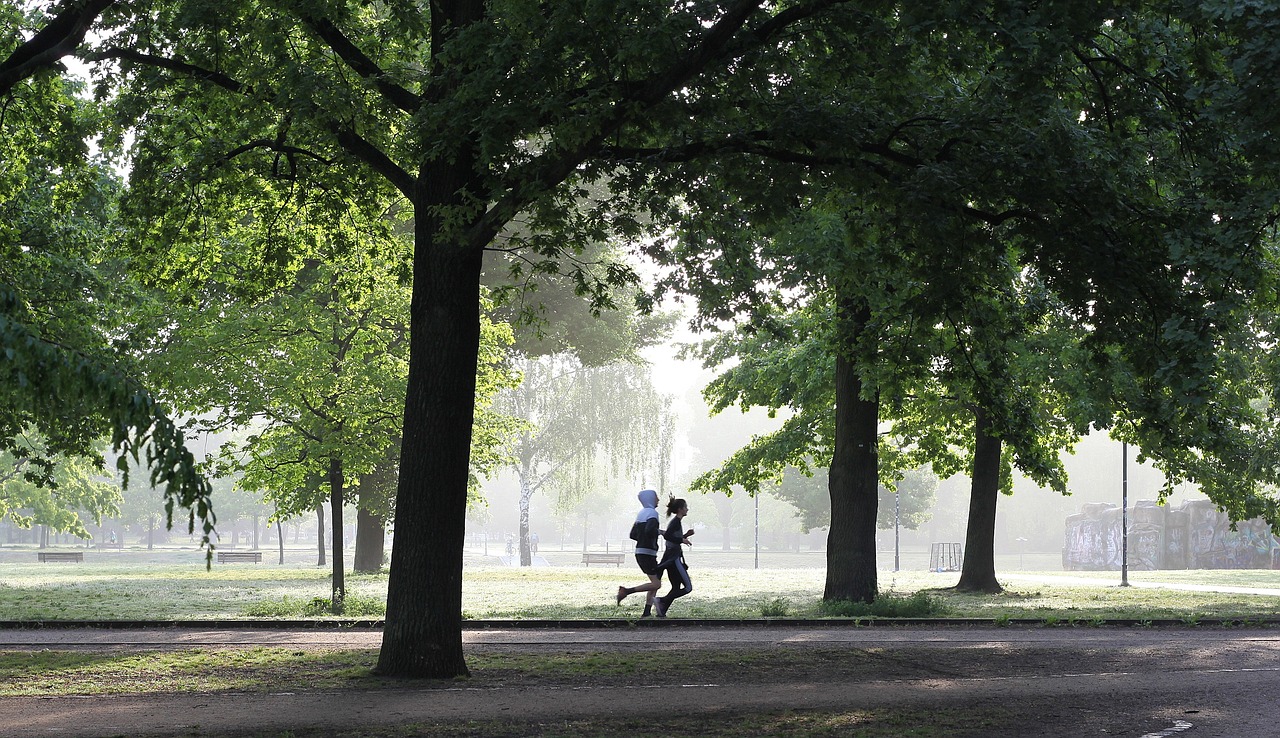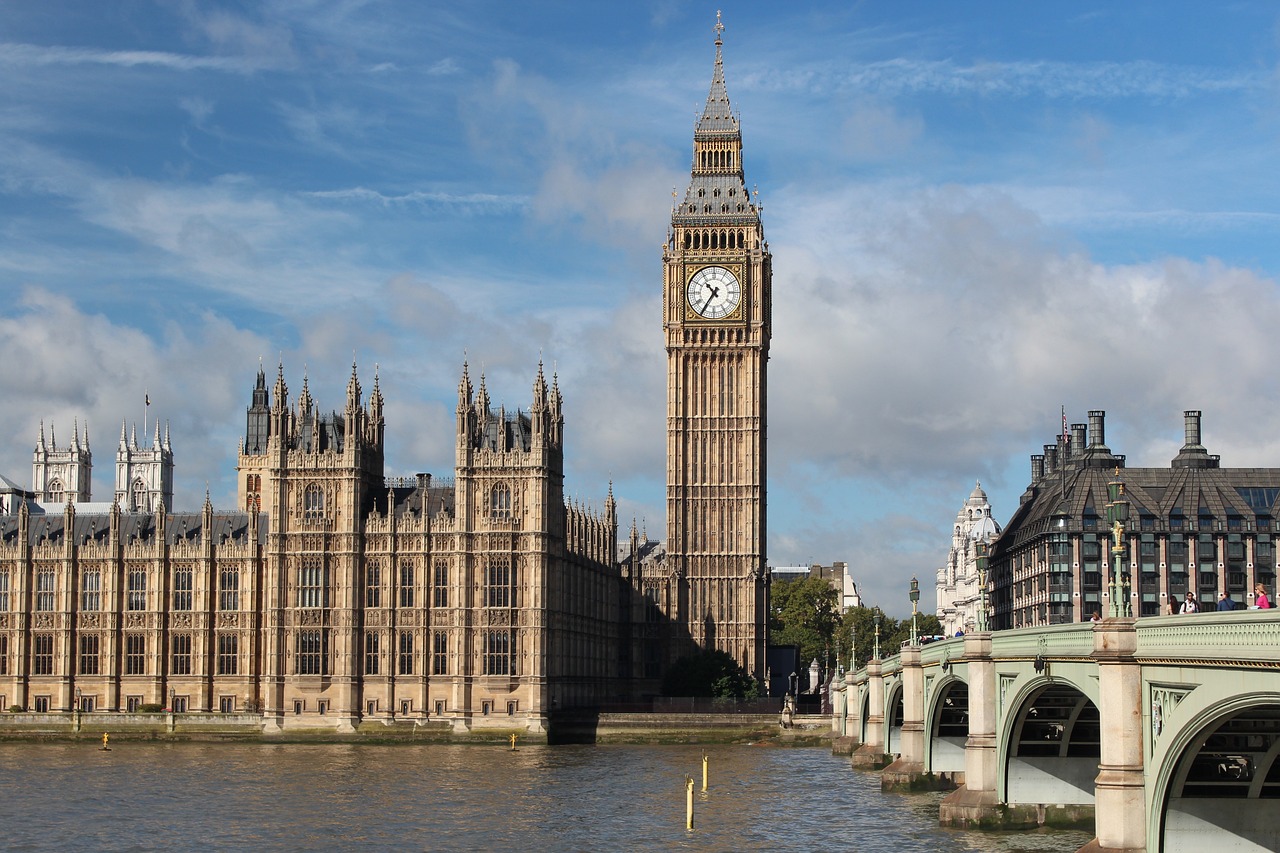
Are you planning to visit London but your mind is stuck on how to use London public transport without getting confused or lost? Are you worried about navigating the famous red double-decker busses or using the London underground? You have come to the right place.
London has one of the largest public transportation systems in the world, which might seem confusing at first, but once you start learning about it you quickly realise how easy and efficient moving around is.
To give you the best insight into how London’s public transport system works, here is a summary of London’s public transport with tips and tricks on how to navigate it best.
Note: this post includes affiliate links. I gain a small commission from the provider each time you click the link and book a service through it. That comes at no extra cost to you. Every little commission helps me run this blog and provide better content for you.
Public transport in London
London’s public transport system is gathered under one body, that is the TFL or Transport for London. The TFL covers a web of underground, bus, and train systems. It is one of the largest public transport systems in the world, but don’t let that scare you. It’s quite easy to navigate.
As a tourist, you will mostly use the London underground and the buses, so we will talk about those more in detail.
How much does London public transport cost?
To understand how London’s public transport fares work, let’s first explain the public transport zones. There are in total of 9 circle-like public transport zones in London. Zone 1 is the area of Central London, zone 2 is the area that wraps around Zone 1, Zone 3 wraps around Zone 2, and so on.
To get a better idea, here is the Tube map with zones, borrowed from TFL.
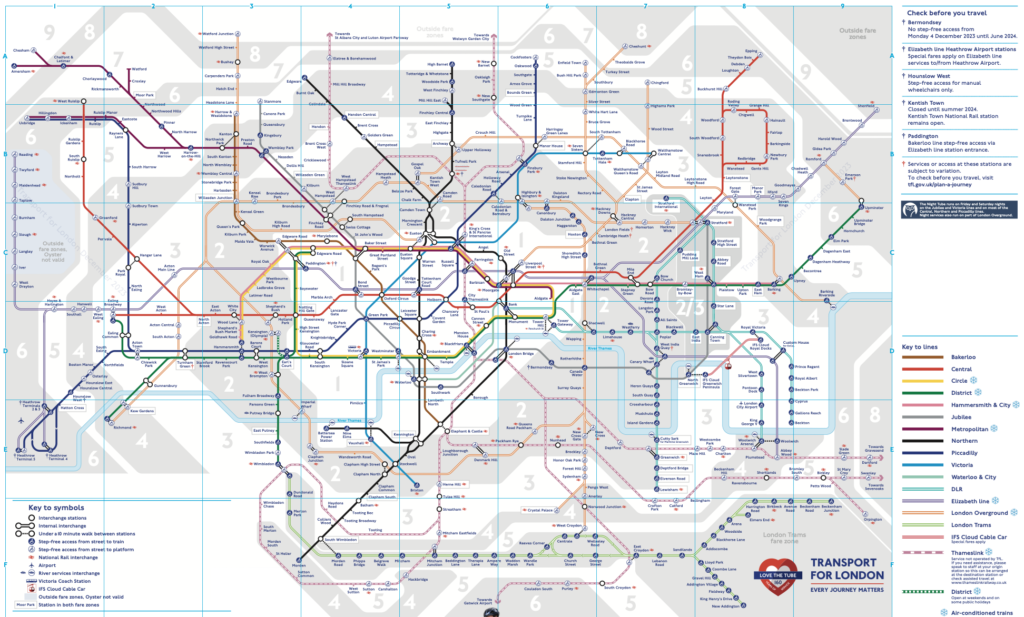
London Tube map with zones, source: TFL
The more zones that you travel through the more you pay. As a tourist, most of your rides will be within zones 1-2, which is the center of London. The cost of the ride also depends on whether you travel during peak or off-peak times.
The zones only apply for Tube travel, bus rides are not included. You can travel by bus all over London for the same price.
Pay as you go system
What I love about London’s public transport is the contactless payment option. You might have heard of an Oyster card for public transport. Yes, it was once the best option for tourists but not anymore. Instead of topping up your Oyster card before each trip, simply use your contactless payment card. Or better, pay by phone or smartwatch.
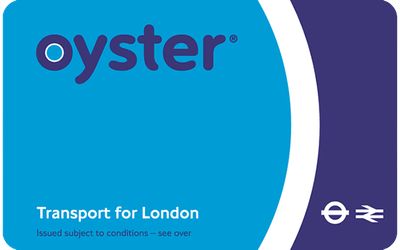
London Oyster card, source: TFL
The most important thing to know as a tourist in London is the daily cap. The daily cap is a brilliant idea for you not to spend a fortune just for London’s transport.
Daily cap means that once you’re charged a certain amount for tube or bus travel in a day your trips for the rest of the day are free. For instance, the cap for zones 1 – 2 is £8.10 per day, which still comes cheaper than a daily ticket. You must however use the same card at all times and avoid switching between payment devices or else the cap won’t work.
E.g. Don’t switch between card and phone even if you are using the same card, it will count as a different payment method.
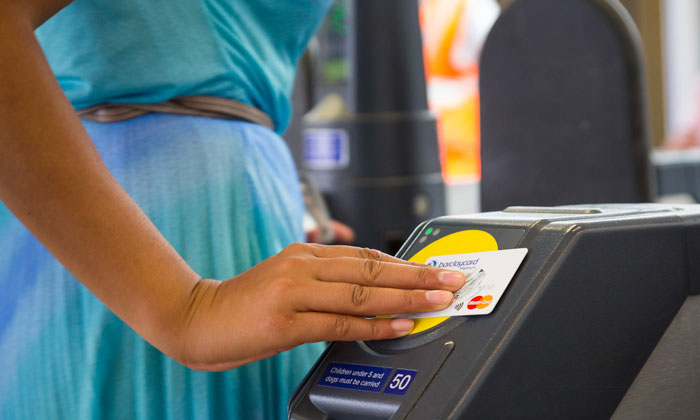
Pay as you go on London public transport, source
If you’re worried about card and data safety, I recommend opening an account with Revolut. Revolut offers the possibility to top up your account daily based on your needs and has 0% conversion rates. You can exchange your currency into pounds with two clicks! No more waiting at the bank to get those pounds!
London Underground - The Tube
The famous London Underground is also called “The Tube” by most locals. The Tube has over 272 stations and 11 lines covering 420km and running under London, sometimes with overground stations. The tube is where the “Mind the Gap between the train and the platform” comes from. London Tube logo is quite famous itself, you will find those logos spread around the city indicating the entrances and exits to tube stops.
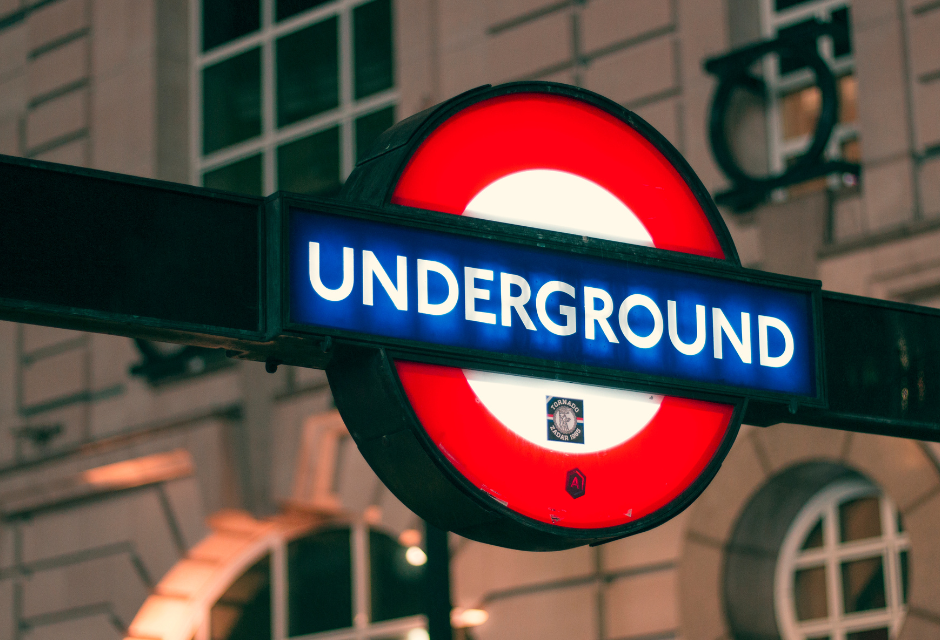
London Tube Sign
London’s tube map is another famous sight, easily recognisable to tourists (scroll back up a bit for the map). The 11 tube lines on the map are not named by colours, but rather have specific names, like:
- Central line – red,
- Circle line – yellow or
- Picadilly line – dark blue, to name the largest ones.
Each tube line has its colour but those are sometimes so similar naming the lines after the colours simply didn’t stick around.
Tourist notes for using the Tube
- One of the lines, the Elizabeth Line is more of a railway rather than a Tube line.
- To find the exit on the tube station, follow the “Way out” signs. “Exit” signs don’t exist.
- Some of the tube stations have endless spiral stairs, so whenever possible take a lift.
- The tube map indicates exactly which stations offer step-free, wheelchair-accessible exits.
- Children under 11 years old can travel on the tube for free.
- The Tube operates between 5 am and midnight and is closed for the night.
London Buses
The red double-decker buses are what London is famous for. Even though the Tube is considered the quickest way to move around, London’s buses have a special charm to them. Traveling on London buses is an experience. If you can, save some time in London to hop on a bus, go up on the top deck, sit in front (if free), and enjoy the amazing views.
A single bus ride costs £1.75 with a cap of £5.25 per day for only bus travel.
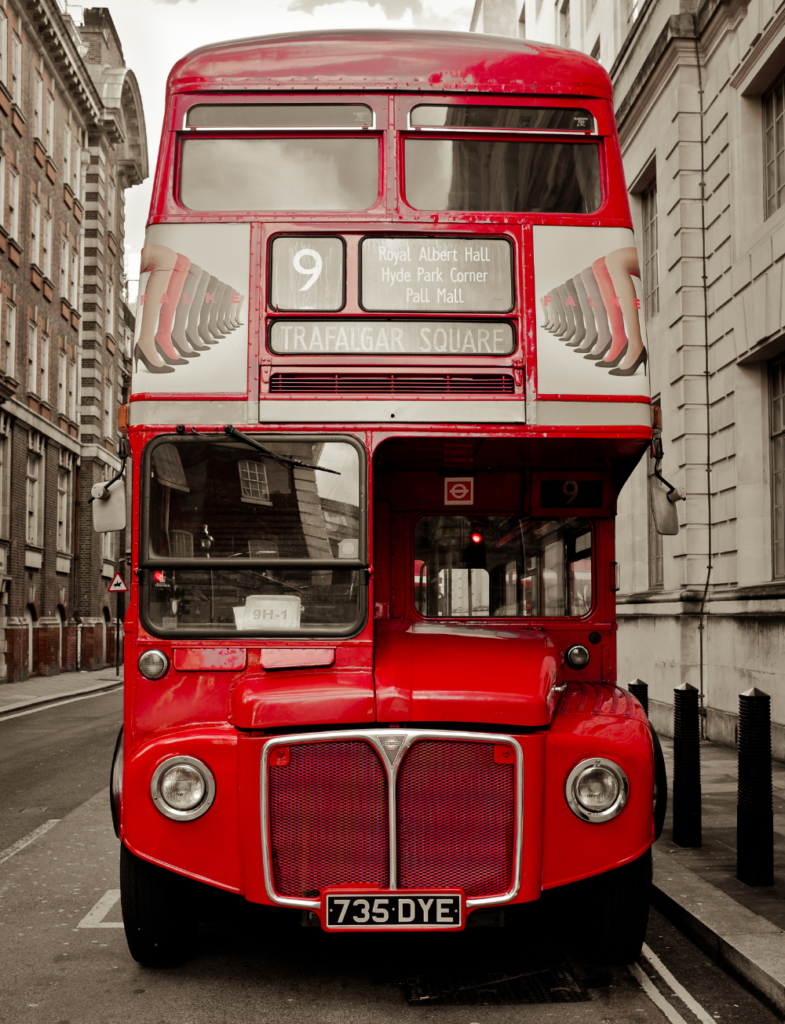
London Buses
London also offers a hop-on hop-off bus experience, with buses that drive a route with stops by the main attractions. This experience is not connected to the public transport system, but is a rather good alternative for sightseeing and whenever the British weather isn’t the nicest!
Tourist notes for using the London buses
- Cash is not accepted on buses, you can pay by card only (Oyster card, Travel Card, or contactless payment card)
- Bus and Tube fares can be combined.
- Zone fares do not apply to buses. If you have a travel card that allows traveling to 1-2 Tube zones, you can still travel in all 1-6 zones by bus.
- If you miss a bus (or tube as well), you will not wait longer than a couple of minutes before the next one passes by.
- Children under 11 years old can travel on buses for free.
- Most London Buses run 24/7 and are super convenient for traveling at night. Special night buses drive between midnight and 5 am.
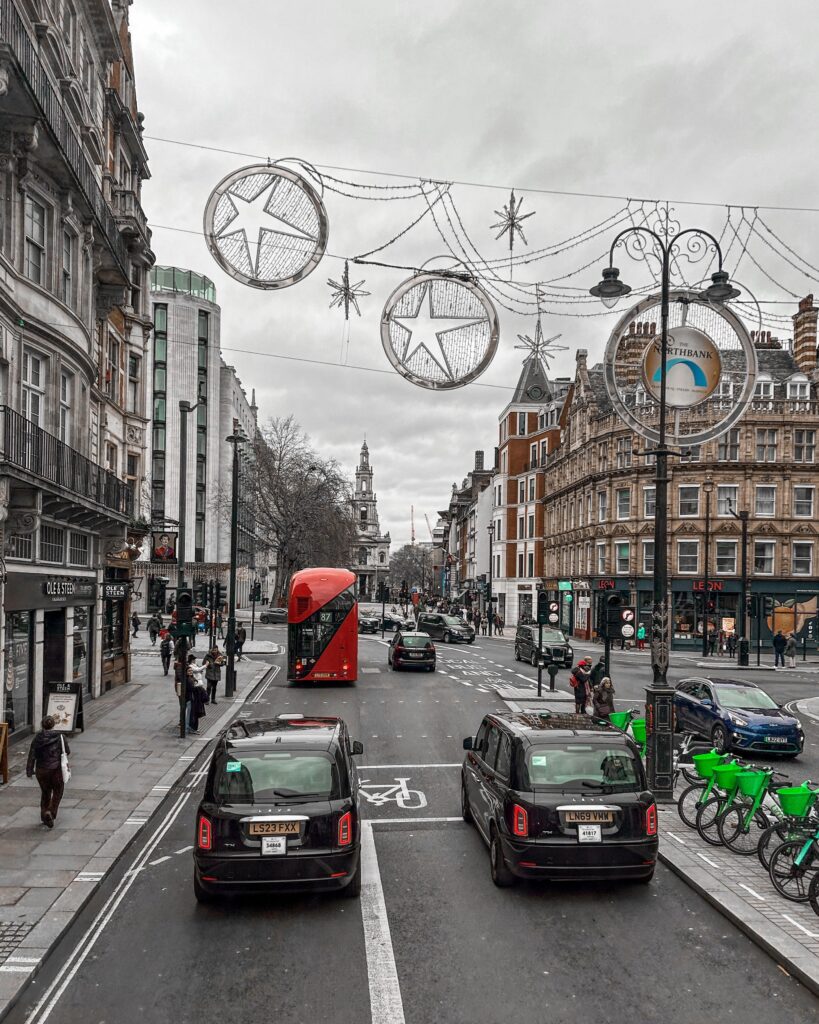
Views from London Buses
Other types of London public transport
Yes, there are other types of London public transport, my guess is you will not be using those much or at all as a tourist. Here is the list of other London public transport types:
- Taxis
- London Overground
- London Light Railway (DLR)
- Elizabeth Line
- London Trams
- Road transport
- River transport
Summary
London public transport is not as complicated, is it? I hope my short guide on London public transport comes in handy and you now feel more confident in navigating the big city. If you would wish to save this post for later, you can do so on Pinterest by clicking the photo below.
Happy London traveling!
Like it? Why not pin it for later?

Hi, it's Neja
I am an expat from Slovenia,
living in Milan since 2021 and writing a travel blog for all of you who are curious about life in Italy or traveling in Europe.
Follow me on my journey and learn everything about Italy and the European destinations.
